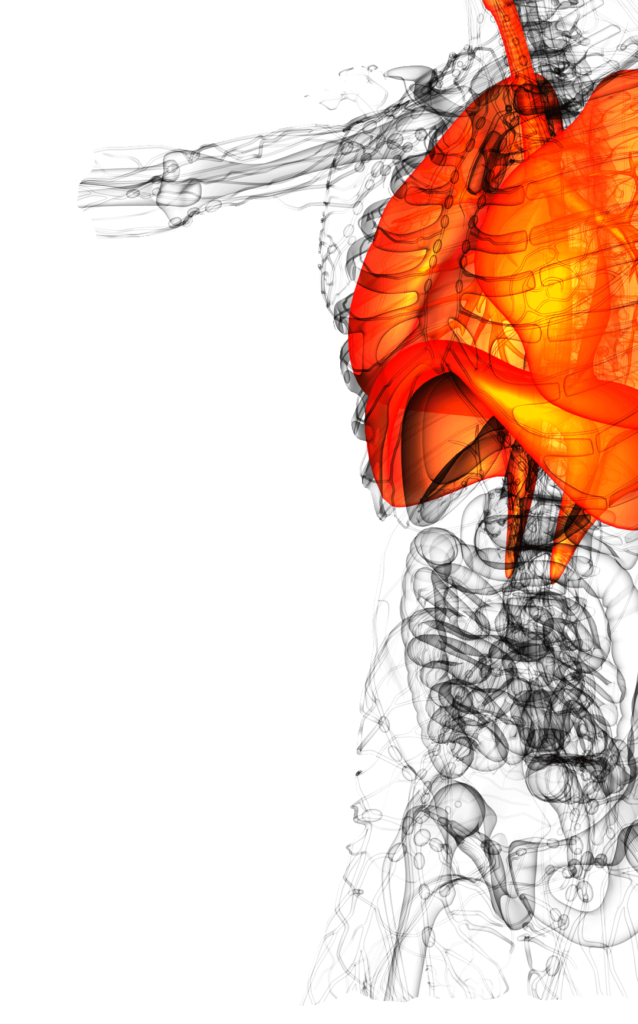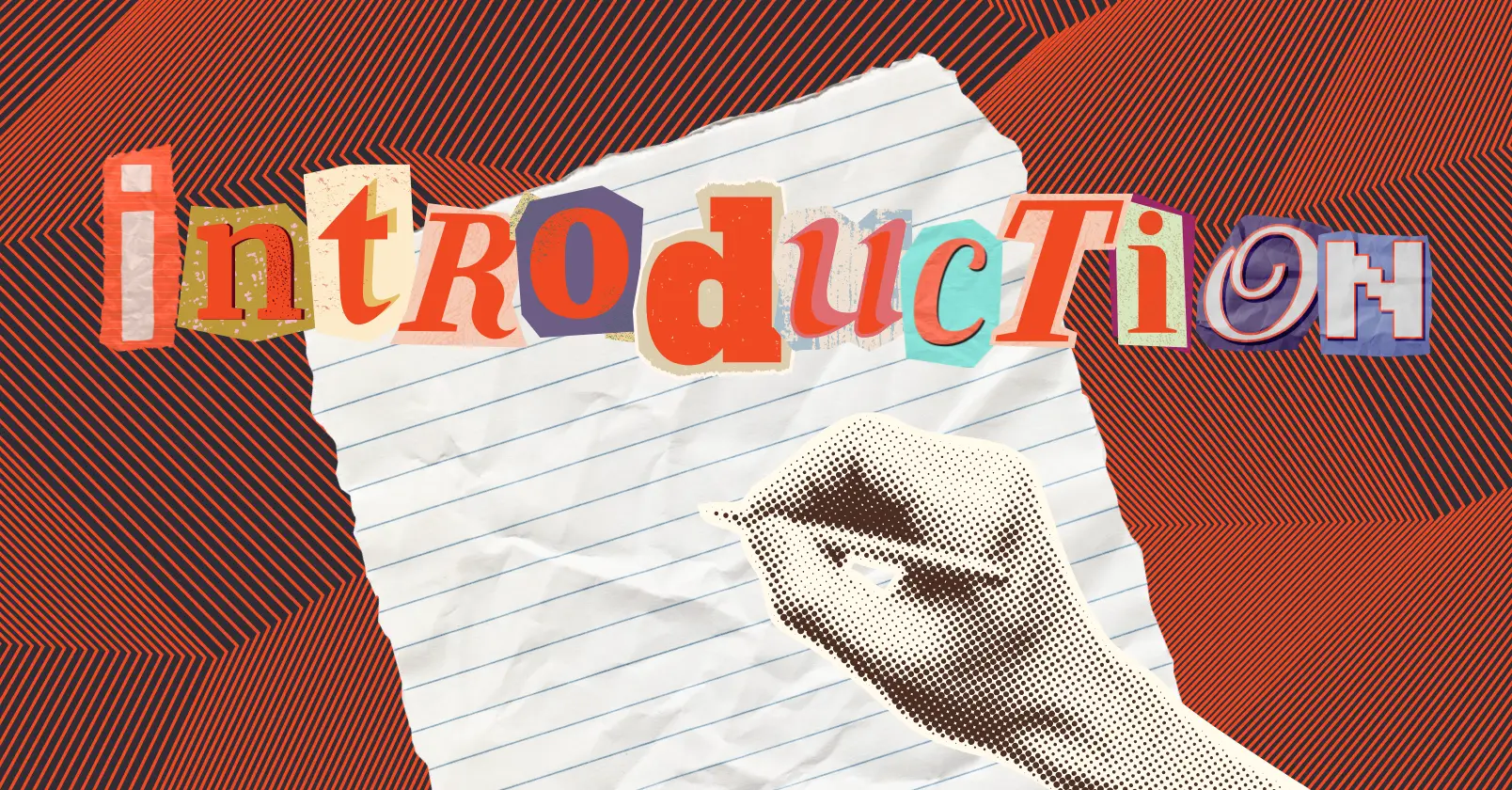5 Tips to Nail Your Virtual Presence – In case you missed it, last week I shared a blog post about how virtual presenting is the new normal and why it’s imperative you present yourself with the utmost professionalism. If you missed the blog, you can read it HERE. In this blog, I’m going to share with you 5 tips that will help take your online presence from awkward to amazing!
- Breathing is still important
Breathing does not normally require the upper body to be visible in the screen to move. However, if you show signs of stress and have a ‘stress breath’, you’ll see the shoulders rise up. This sends the viewer messages of worry, concern and stress, which undermines the trust of the listener. Instead, keep breath low in the body – remove the stresses in the body that send it upwards and added benefit. . . . it’s good for you! (ask me how!) - Body positioning matters
In the virtual world, when people are engaged, they will face you directly, their whole body angled towards you. However, the instant they feel uncomfortable, they may angle their upper body away, essentially giving you the ‘cold shoulder’.
An open body is still necessary to express trust. If someone sits through an entire meeting with both arms and legs crossed, it’s unlikely you have their buy-in. An upright body is also critical. In this recent ABC Interview the woman was listening for an extended period with her head to one side. The topic was pandemic drinking, the picture behind her was a spiral. One only needs to see the asymmetry to see the confusion this engenders! - The head nods
When someone is engaged with what you are saying, they will display signals of engagement including things like head nods or tilts (the universal sign of ‘giving someone your ear’). Here’s Michelle Obama in her recent Democratic National Convention speech. Her head is constantly moving sideways. How you nod though, is a tricky one!Firstly, there is the direction of the nod. Widely used throughout the world, the nod that is raised and lowered in rhythm signals affirmation, and shows understanding, agreement and approval. In the US, head-nodding bespeaks agreement, whereas, ‘the head nod is used by the Chinese to acknowledge the speaker, not to signal agreement with what is said’. (Samovar et al. 2007, p. 302). The nodding motion itself is an emotionally positive affirmative signal in both countries, despite the above difference.
In a study by Wilbur (2000, p. 201) he found that ‘large, slow nodding’ marked a signer’s commitment to the truth of an assertion. To sum up, nodding must be done forwards (never backwards and never throw it forwards!) The speed of the nod will determine agreement (a fast nod) or openness and flexibility to their opinion (slow nod).

- The eyes have it
Most of us are comfortable with eye contact lasting around 3 seconds, but when we like or agree with someone, we automatically increase the amount of time we look into their eyes and, in general, people tend to look longer and with more frequency at people or objects they like.
Disengagement triggers the opposite: the amount of eye contact decreases, as we tend to look away from things that distress or bore us. Neuro-linguistic Programming points out the patterns of eyes and explains the phenomenon. Basically, there can be many reasons for looking away, but the listener may well interpret that as lying or deceit. It is one area of body work where the reality and perception just don’t match, so you need control of your eyes.But no one wants to look straight ahead and stare! What transforms eye contact from staring to effective communication is face movement (most easily achieved by a slight smile), a slow head nod forwards and, above all, blinking.
A study for the magazine Frontiers of Human Neuroscience 2017
demonstrates the possibility that blink rate variability dynamics at rest carry information about cognitive performance. In fact, there is a blink rate that is considered to soften the eyes and it is 15 blinks a minute. That is a blink approximately every 4 seconds. - Release that jaw
Jaw tension is the devil for professional singers, but also for everyone in business. It can hurt you personally, it can block your sound and it can send messages of aggression.To loosen the jaw, an easy technique is to press the tongue to the top of the palate. This separates the lips and releases the tension for everyone involved. Body-language savvy is becoming part of an executive’s personal brand and it is not lost in the virtual world.
As an executive coach, I’ve been awed by the impact that body language has on leadership results. Good body language skills can help you motivate direct reports, bond with audiences, present ideas with added credibility, and authentically project your personal brand of charisma. That’s a powerful set of skills for any leader to develop.Need help developing your body language skills to take your leadership to the next level? Check out my online programs and memberships HERE.




